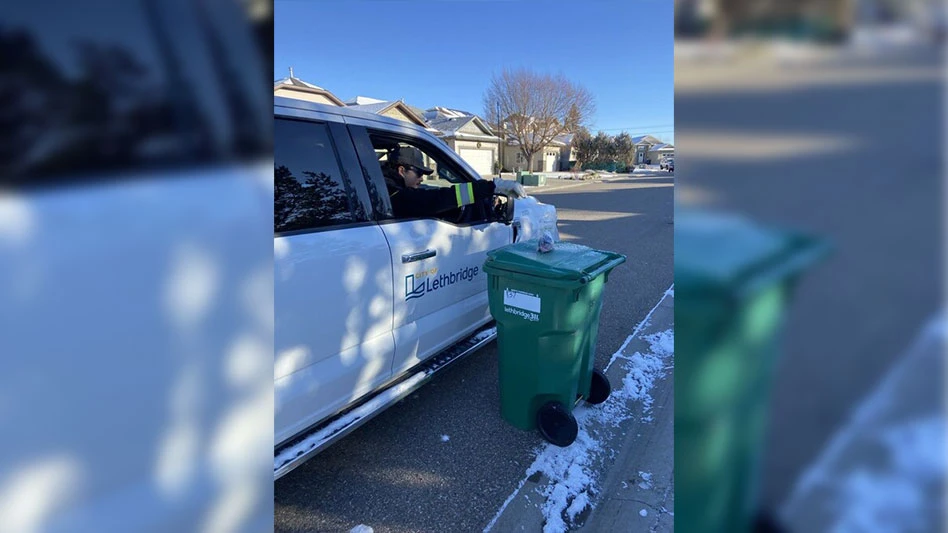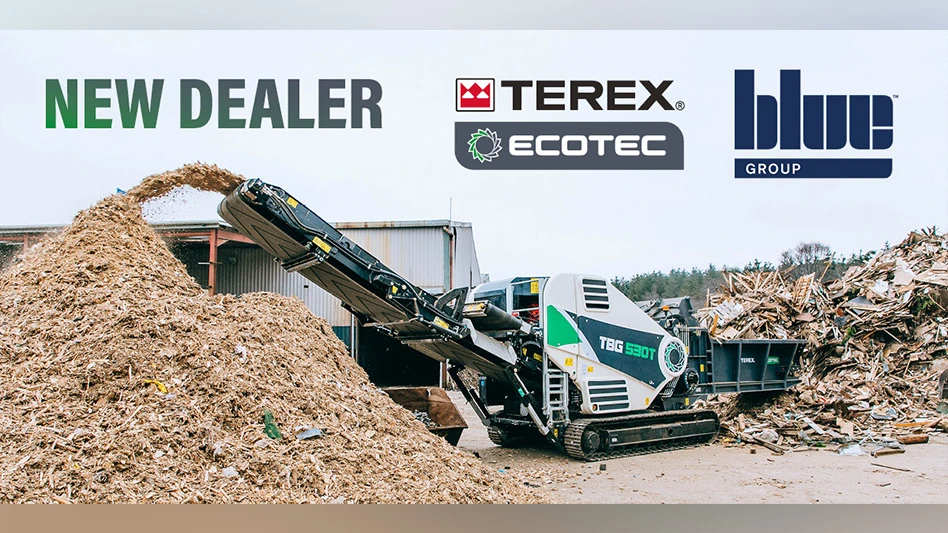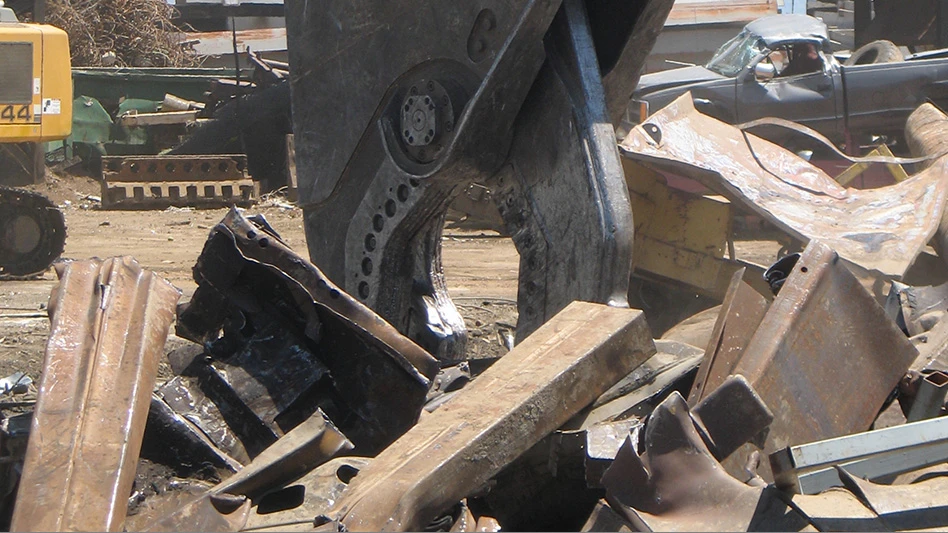
With China no longer welcoming imports of plastic scrap, investments are being made in the U.S. to add reprocessing capacity and to increase demand for postconsumer resin (PCR). The session Developments in Domestic Markets during the Plastics Recycling Conference and Trade Show, March 11-13 outside of Washington, detailed some of the progress that has been made in these areas and what remains to be done.
The state of North Carolina is growing its network of recyclers by investing in market development using economic development, tax incentives and grant funding, Sandy Skolochenko, industrial development specialist at the Recycling Business Assistance Center at the North Carolina Department of Environmental Quality, explained. The center works with local governments, waste generators and recycling businesses.
Skolochenko said that while the grants the state offers through the center are small, they provide extra incentive to spur investment and grow capacity. Over the course of five years, North Carolina has supported 123 projects with Recycling Business Development Grants that averaged $25,000. These awards helped to leverage $7.7million in private sector investments, she said, while adding 800,000 tons of processing capacity per year and 233 jobs.
In late 2017 as planning was underway for the state’s 2018 round of grants, Skolochenko said the center thought about how the then-pending Chinese restrictions would impact North Carolina companies. She said the state has established infrastructure and
North Carolina issued $405,000 in grants in 2018 that added nearly 27,000 tons of processing capacity and 49 jobs. Skolochenko said companies that received grants included AIEPlus Inc., which makes PCR to be used in manufacturing pipes and bags; Bromley Plastics Corp., which makes PCR for use in containers and packaging; Roll-Tech LLC, which makes tires, wheels, bumpers and tiles from recycled plastics; and High-Cube LLC, which makes furniture from recycled plastics.
The state’s 2019 grants also were directed toward operators to address materials targeted by China’s regulatory efforts, she said. North Carolina will fund 17 grants in 2019, two of which will address MRF upgrades, and eight of which involve the targeted materials.
The center also reached out to the North Carolina Department of Transportation (NCDOT) to see if it was interested in purchasing corrugated high-density polyethylene (HDPE) pipe with postconsumer recycled content, Skolochenko
However, AASHTO specs did allow for postindustrial recycled content, and the NCDOT did increase its use of pipe made with this material over the years, Skolochenko said. “As of very recently in July of 2018, AASHTO did approve a new standard that now allows for postconsumer recycled content,” she said, after an 11-year study into pipes made with this material. NCDOT recently updated its information for bid to include products with PCR.
Skolochenko said that while the center is excited to see what happens with the NCDOT project, her agency also is wondering how it can use its purchasing power to drive a more sustainable supply chain.
Kate Eagles, program director for the Association of Plastics Recyclers, Washington, said the U.S. is “good at and spends considerable time processing our materials,” but “where we are seeing some market disruption … is in our end markets.” She added that today’s market conditions “require us more than ever to look to domestic end markets and develop them.”
That is in part why the APR introduced its Recycling Demand Champions program in 2017, which seeks to increase domestic demand for PCR and prevent mismanagement of plastics, Eagles said.
Program members are required to commit to new uses for domestic PCR. In the first year, APR Recycling Demand Champions used 6.8 million pounds of PCR. The initial group of companies responsible for this increase
According to Eagles presentation, to participate in the APR Recycling Demand Champions programs, companies must sign a commitment letter, choose PCR-containing items to purchase or expand their current use of PCR in a product or application and report this information to the APR on an annual basis.
In addition to the Recycling Demand Champions Campaign, the ARP is attempting to increase demand at the state level in Nebraska, she said. The association is working to establish a support network and to understand current PCR usage and barriers to increased usage in the state.
Eagles said the primary barriers to increased PCR usage, according to a survey of Nebraska manufactures, was quality, consistency, specifications, lack of importance among customers and production disruptions. Factors that could increase PCR use include customer requests and competitive advantages.
The goals of the Nebraska program the APR has embarked on include commitments to trial PCR in manufacturing, communicating how PCR supports state infrastructure and the circular economy and developing a model that can be used in other states.
One company that is producing and consuming PCR is
While brand owners have made a number of commitments to using recycling contact, he outlined a number of issues the industry faces.
Currently, only 6 percent of the total amount of PET bottles produced are recycled back into bottle-grade-quality PCR and used to produce new bottles.
To achieve 35 percent recycled content in PET bottles, Daviduk said an additional 1.77 billion bottles would need to be collected for recycling. The 2017 PET bottle collection rate was 29 percent, according to his presentation, and would need to grow to 70 percent to satisfy this level of demand.
Daviduk noted that contamination in PET bottle bales reduces reprocessors’ yields by 30 percent, which probably means the PET bottle recycling rate is closer to 20 percent.
The 2019 Plastics Recycling Conference and Trade Show was organized by Resource Recycling and hosted at the Gaylord National Resort & Convention Center in National Harbor, Maryland.
Latest from Recycling Today
- Phoenix Technologies closes Ohio rPET facility
- EPA selects 2 governments in Pennsylvania to receive recycling, waste grants
- NWRA Florida Chapter announces 2025 Legislative Champion Awards
- Goldman Sachs Research: Copper prices to decline in 2026
- Tomra opens London RVM showroom
- Ball Corp. makes European investment
- Harbor Logistics adds business development executive
- Emerald Packaging replaces more than 1M pounds of virgin plastic





